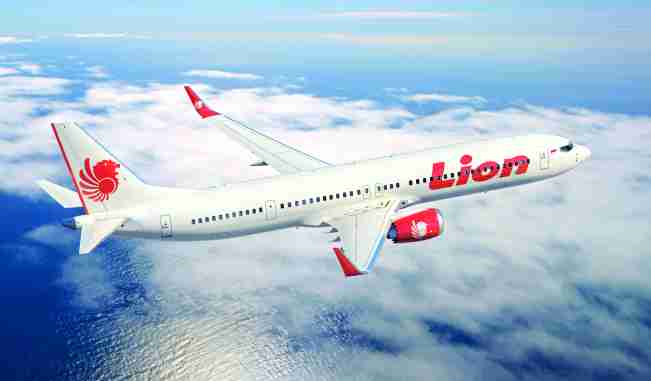The US Federal Aviation Administration has issued an emergency airworthiness directive (AD) warning of problems in the latest Boeing 737 MAX aircraft that could lead to a loss of control.
The AD is similar to an operations bulletin issued by Boeing after the manufacturer conducted an analysis in the wake of the fatal Lion Air crash on October 29. It aims to ensure pilots follow the correct operating procedures in the case of a malfunction.
READ Mystery deepens on Lion Air crash after Boeing bulletin.
It covers all 737-8 and 737-9 aircraft.
It says that if an erroneous high single angle of attack sensor input is received by the flight control system, there is a potential for repeated nose-down trim commands of the horizontal stabilizer.
The angle of attack is the angle between oncoming air and a reference line on the aircraft wing, essentially measuring how far upward the aircraft’s nose is pointed as it flies along. An aircraft will go into an aerodynamic stall and lose lift if the angle of attack is too high.
“This condition, if not addressed, could cause the flight crew to have difficulty controlling the airplane, and lead to excessive nose-down attitude, significant altitude loss, and possible impact with terrain,’’ it says.
“We are issuing this AD because we evaluated all the relevant information and determined the unsafe condition described previously is likely to exist or develop in other products of the same type design.
“Due to the need to correct an urgent safety of flight situation, good cause exists to make this AD effective in less than 30 days.”
The AD requires flight crew to comply with the runaway stabilizer procedure in the Boeing operating procedures manual.
This includes disengaging the autopilot and controlling the airplane pitch attitude with the control column and main electric trim.
The AD adds to the questions surrounding the Lion Air tragedy that claimed the lives of 189 passengers and crew on Monday, October 29.
It suggests a problem with flight-control software on the plane but also raises questions about how the Lion Air pilots may have reacted to that issue.
Indonesian crash investigators have confirmed that that the 737 in the crash had technical faults on four flights previous to the one in which it plummeted into the sea shortly after takeoff from Jakarta.
These included erroneous speed and altitude data that prompted a Bali-Jakarta flight operated the day before the crash to go into a dive that frightened passengers and a made them sick.
The pilot of the flight requested a return to Denpasar but the situation corrected itself and he elected to continue to Jakarta.
Lion Air said it attended to the problem in accordance with Boeing procedures.
An investigation by the Indonesian National Transportation Safety Committee is continuing with attention focused on finding the cockpit voice recorder.
Indonesian officials said Wednesday the recorder already recovered, the flight data recorder, had 69 hours of information covering 19 flights and almost 1800 parameters.
They also revealed that the angle of attack sensor was replaced prior to the fatal flight without solving the problem.
The MAX is the latest and most advanced version of the Boeing’s 737 and more than 200 have been delivered worldwide.
Meanwhile, Channel News Asia reported that Lion Air has been involved in another accident this week that saw one of its planes crash into a pole and tear its wing while trying to take off for Jakarta.
The accident on November 7 was at Fatmawati airport in Bengkulu City and a photograph posted on Facebook showed significant damage to the wing.

























